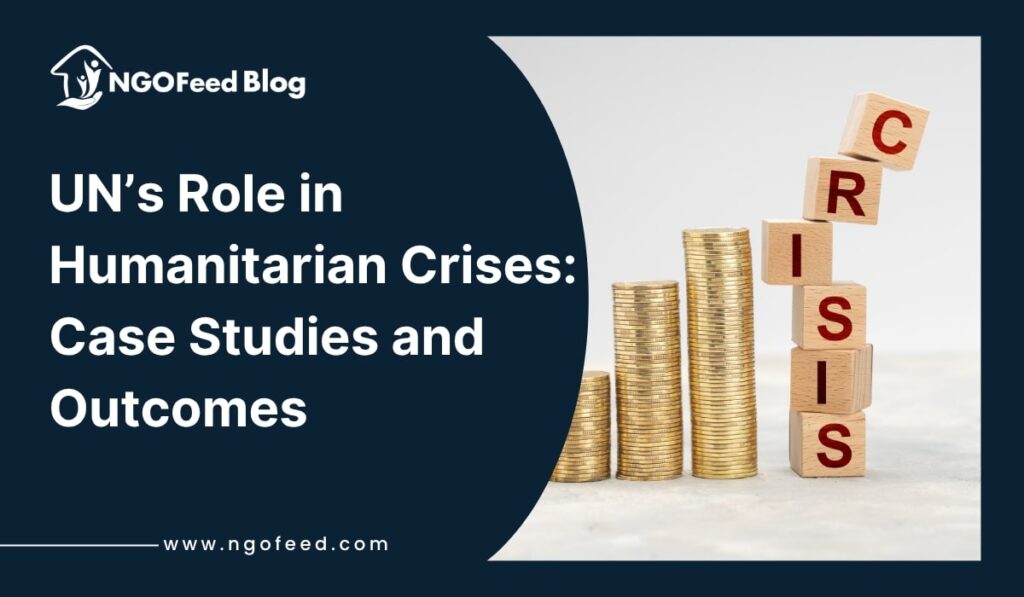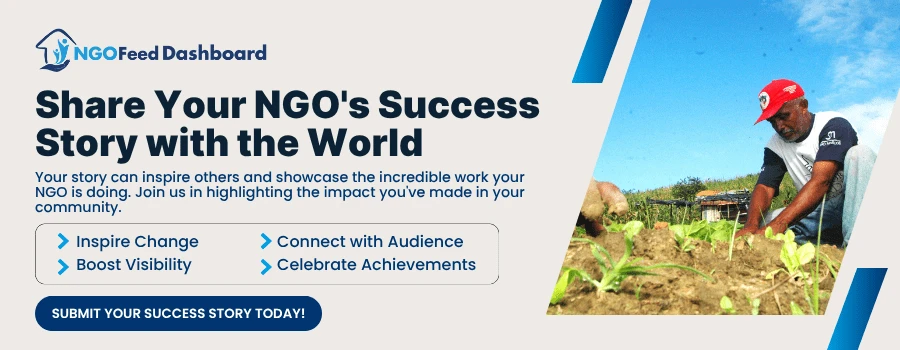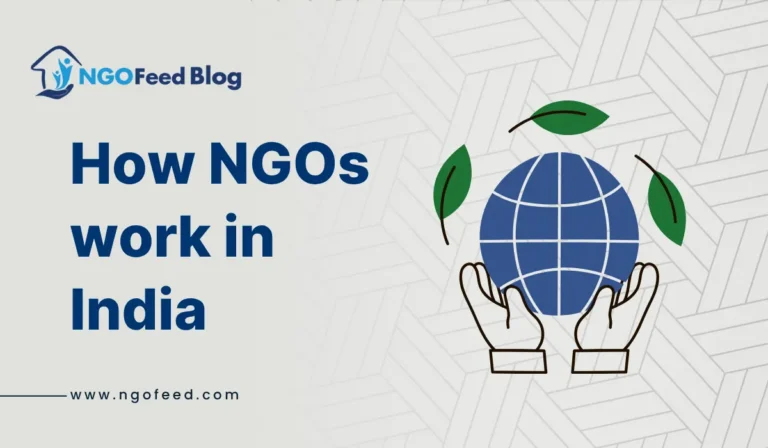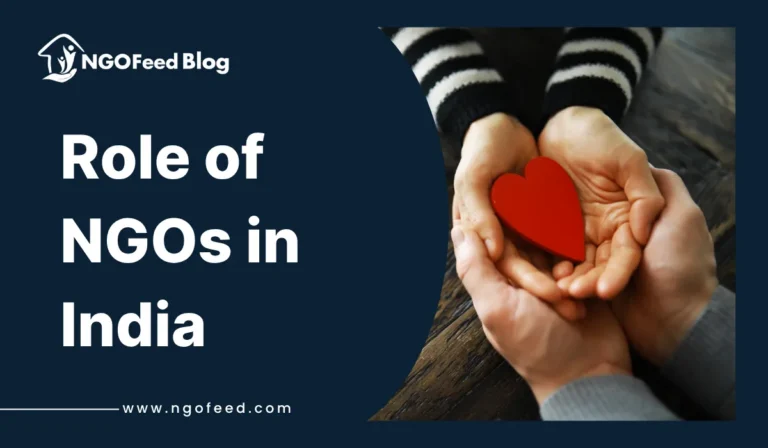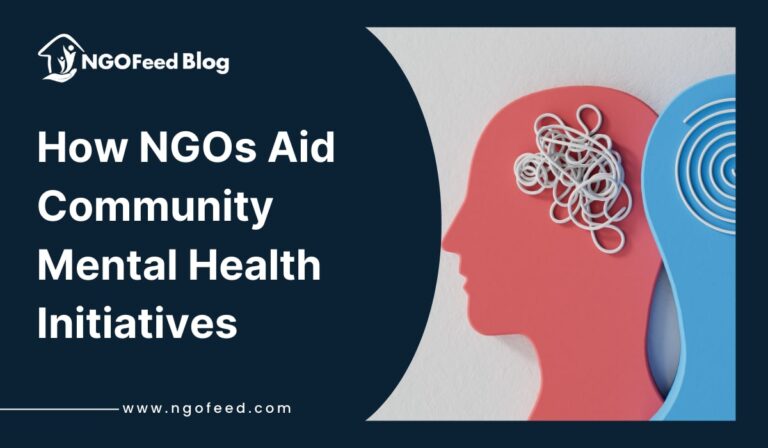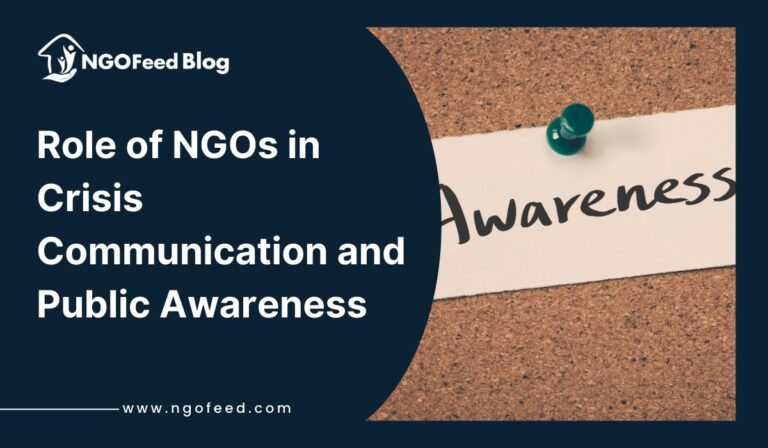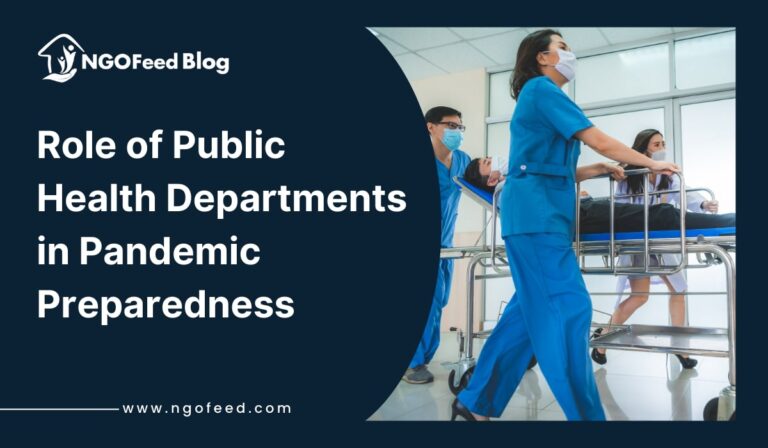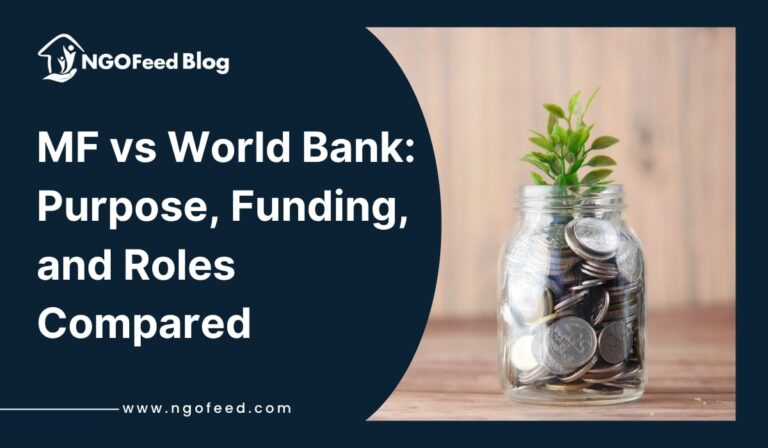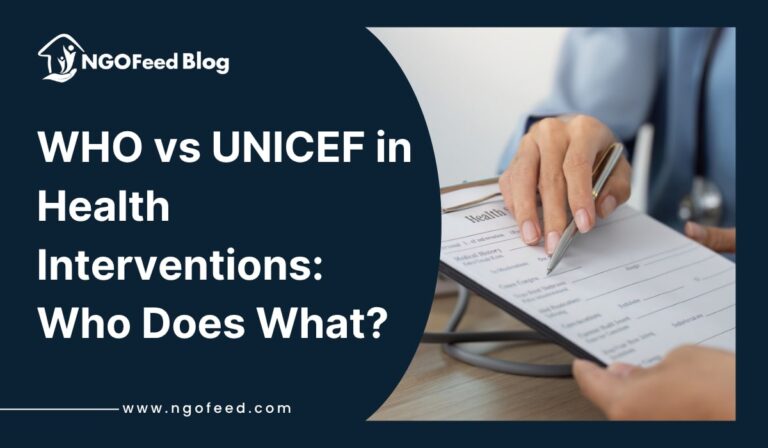UN Role in Humanitarian Crises: During war, natural disasters, and substantial human displacement, the United Nations (UN) is one of the global humanitarian pillars of response and coordination. Following its principles of peace, dignity, and human rights, the UN is important in marshalling assistance, safeguarding vulnerable communities and recovery of crisis-affected communities. The organization is at the forefront of providing emergency aid, medical care, shelter and food security to millions of the needy population through its specialized agencies, which include the UNHCR (United Nations High Commissioner for Refugees), WFP (World Food Programme), UNICEF, and WHO.
Nevertheless, humanitarian emergencies are becoming increasingly complicated nowadays; they are caused not only by climate change but also by conflicts and political instability, and require one not only to receive short-term assistance but also to plan the recovery process in the long term. The current dynamic response of the UN is a combination of emergency response and resilience-building, so that the affected communities can grow stronger and more self-reliant.
In the case of NGOs, it is critical to know how the UN works in terms of humanitarian mechanisms. NGOs can be on-the-ground partners, administering relief efforts, offering local expertise, and seeing that aid is distributed in the most appropriate manner.
This article examines the role that the UN has played in responding to humanitarian crises using some of the most critical case studies and results, and how a coordinated approach to action on a global level, with the assistance of NGOs and local actors, has continued to save lives in crisis-torn regions. It highlights the need to partner, be prepared and show compassion in building a more resilient humanitarian future.
Also Read: WHO Global Nutrition Targets 2025
Table of Contents
Understanding the UN Humanitarian Mandate
The United Nations (UN) was created with the primary objective of ensuring international peace, security and human rights. The role has been extended over time to the coordination of humanitarian actions worldwide in the case of catastrophe due to conflict, natural catastrophic events, or a pandemic. The UN operates on the principles of neutrality, impartiality, and humanity so as to offer timely aid and preserve the dignity and rights of the people impacted.
The following agencies of the UN collaborate to achieve this mandate:
- UNHCR (United Nations High Commissioner for Refugees): Protects, provides shelter, and aids displaced populations all over the world.
- WFP (World Food Programme): Aids food security and emergency food in times of crisis.
- UNICEF: Is a non-profit organisation that concentrates on child welfare and provides healthcare, education, and protection services.
- WHO (World Health Organization): Organizes international health activities, disease prevention and emergency medical aid.
Another focus of the UN is on its coordination with governments, local governments and Non-Governmental Organizations so that aid becomes efficient, specific, and long-term. The UN develops a system in which actors in the humanitarian context can work together effectively by establishing international norms, mobilizing resources, and overseeing execution.
Also Read: WHO Mental Health Action Plan to 2030 & Beyond
In the case of NGOs, it is important to know the mandate of the UN, which determines the areas of operation, priorities, funding possibilities, and areas of cooperation. The framework enhances the response to global emergencies, and it also makes sure that the humanitarian assistance reaches the most vulnerable groups in an organized and responsible way.
Major Humanitarian Interventions: Case Studies
The UN has been front and centre in addressing some of the worst humanitarian disasters that have ever hit the world, integrating both emergency aid and long-term recovery actions. Its interventions reveal the difficulties and effectiveness of humanitarian intervention on a large scale and coordinated.
Key case studies include:
- Syria Crisis: UN agencies have been sheltering, feeding, and offering medical assistance to the displaced Syrians since 2011, reaching millions of Syrians. UNHCR and WFP worked on the coordination of cross-border assistance, while UNICEF was working on the education and protection of children in refugee camps.
- Rohingya Refugee Crisis, Bangladesh: Since the year 2017, more than 700,000 Rohingya refugees have fled the country due to mass displacement. Through the NGOs, the UN provided emergency nutrition, healthcare and sanitation facilities, and financed community-based educational programs.
- Ukraine Conflict: After the invasion in 2022, the UN immediately organized aid to millions of people, including feeding, providing medical care and safe shelters. WHO, headed emergency medical services, WFP, and UNHCR were to provide food security and refugee services.
- Natural Disasters: Haiti and Nepal: The UN was also in charge of organizing an instantaneous response after earthquakes, such as clearing debris, providing temporary accommodation, establishing medical facilities, and implementing a long-term reconstruction program.
Also Read: Role of WHO in Healthcare
Lessons that are demonstrated through these interventions include coordination, quick response and collaboration with NGOs. Although difficulties in terms of funding gaps, logistic barriers, and security issues remain, the systematic nature of the UN efforts enables the most vulnerable to receive the aid in the most effective way possible.
When NGOs and policymakers learn these cases, they will know the best strategies, methods of mobilizing resources, and partnering models that can be most effective in situations of humanitarian intervention in times of crisis.
Partnerships and the Role of NGOs
The Non-Governmental organizations (NGOs) are invaluable partners of the UN humanitarian activities. The UN offers international and local coordination, funding, and oversight, but the NGOs offer local expertise, access, and speed in responding to the areas of need, thus distributing aid most efficiently.
The main features of the UN-NGO relationships are:
- On the Ground Operations: NGOs sometimes deploy direct relief operations within the communities impacted, such as the provision of food, shelter, medical care, and psychosocial assistance in areas where UN operations might be constrained.
- The NGOs also have domain expertise, such as in child protection, gender-based violence and emergency medical assistance, that complements UN activities.
- Advocacy and Awareness: NGOs give the UN humanitarian message a stronger voice, assisting in creating awareness, mobilizing funds, and encouraging compliance with international humanitarian standards.
- Surveillance and Transparency: NGOs help to monitor the aid delivery processes to make the delivery transparent and detect the holes in the relief work.
- Case Studies: Under the Rohingya crisis, NGOs such as BRAC and Save the Children collaborated with UN agencies to deliver child protection and education services in refugee camps. Equally, in Ukraine, local NGOs would liaise closely with UNHCR to make sure they distribute relief supplies in good time.
Also Read: The Role of UNICEF in Menstrual Health and Hygiene
Such partnerships show that humanitarian crises are multi-layered and need multi-layered cooperation. Coupled with the global availability of the UN and the ability to act in communities afforded to NGOs, relief activities are better, more accommodating and responsive to the local demands.
In the case of NGOs, it would be essential to both comprehend and implement the UN systems to not only operate effectively, but also to establish long-term networks and strengths to bolster disaster preparedness and recovery.
Toward Resilient Humanitarian Systems
Climate change, conflicts, and global pandemics are making humanitarian crises more complicated. Although urgent assistance is important, long-term resilience is necessary to ensure that the impacted communities will be able to recuperate, adjust, and flourish. The changing paradigm of the UN is based upon the principle of developing frameworks that would integrate emergency response and sustainable development.
The main measures of resilient humanitarian systems are:
- Combined Planning: The synergies of disaster preparedness, early warning systems, and long-term recovery plans are combined to make sure that the responses are timely and effective.
- Strengthening Local Capacity: This is achieved by training and empowering local organizations and communities to increase their self-reliance and decrease their reliance on outside assistance.
- Technological Innovation: Information technology, such as satellite mapping, mobile health initiatives, and digital tracking systems, enhances the logistics, allocation of resources and real-time monitoring.
- Collaborative Networks: Co-operations between the UN, NGOs, governments, and players in the private sector enable the implementation of coordinated, comprehensive interventions that can do the greatest good.
- Policy and Advocacy: The resiliency of infrastructure, social protection and inclusion policies helps to make vulnerable populations more equipped to respond to future disasters.
Also Read: Role of UNICEF in Education – UNICEF’s Efforts in India
In the case of NGOs, engaging in resilience-building initiatives implies not just taking part in immediate relief, but also empowering the community in the long term. Through expertise sharing, local network building and assisting with UN programs, NGOs are contributing to building a humanitarian ecosystem that is responsive, flexible, and sustainable.
In the end, resilient humanitarian systems are a move towards proactive solutions instead of reactive aid, so that the global response to a crisis is swifter, smarter, more inclusive, and saves lives now, as well as enhancing the ability to meet future challenges.
Frequently Asked Questions (FAQs)
How is the UN involved in a humanitarian crisis?
The global relief operations, resource mobilization, and guidance are coordinated, facilitated, and provided by the UN with the help of its specialized agencies, including UNHCR, WFP, UNICEF, and WHO, to support vulnerable populations in case of conflicts, disasters, and health emergencies.
What is the way NGOs cooperate with the UN in case of a crisis?
NGOs offer implementation on the ground, localized competence, specialized services, as well as monitoring. They also make sure that the aid which is given to the affected communities is well coordinated to supplement the coordination and mobilization of resources by the UN.
What are the examples of UN humanitarian interventions?
The Syria crisis, displacement of Rohingya refugees in Bangladesh, the conflict in Ukraine, and natural catastrophe responses in Haiti and Nepal are among the key interventions made by the UN, which provided food, shelter, healthcare, and long-term recovery efforts.
What are the weaknesses of the humanitarian response by the UN?
Difficulties may be faced in terms of funding deficits, logistical problems, security threats in war-torn countries, and coordination between various international and local stakeholders, which may explain the delay in relief.
What is the UN doing to encourage resilient humanitarian?
The UN concentrates on integrated planning, capacity building of the community, technological innovation, multi-stakeholder collaborative efforts, and policy advocacy to make sure that the affected populace can recover fast and overcome future disasters.

